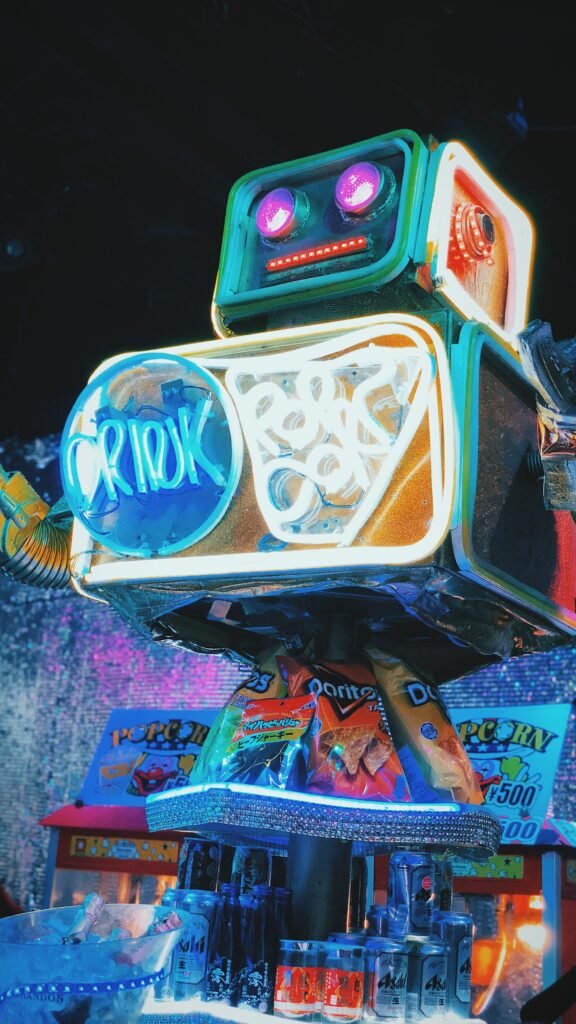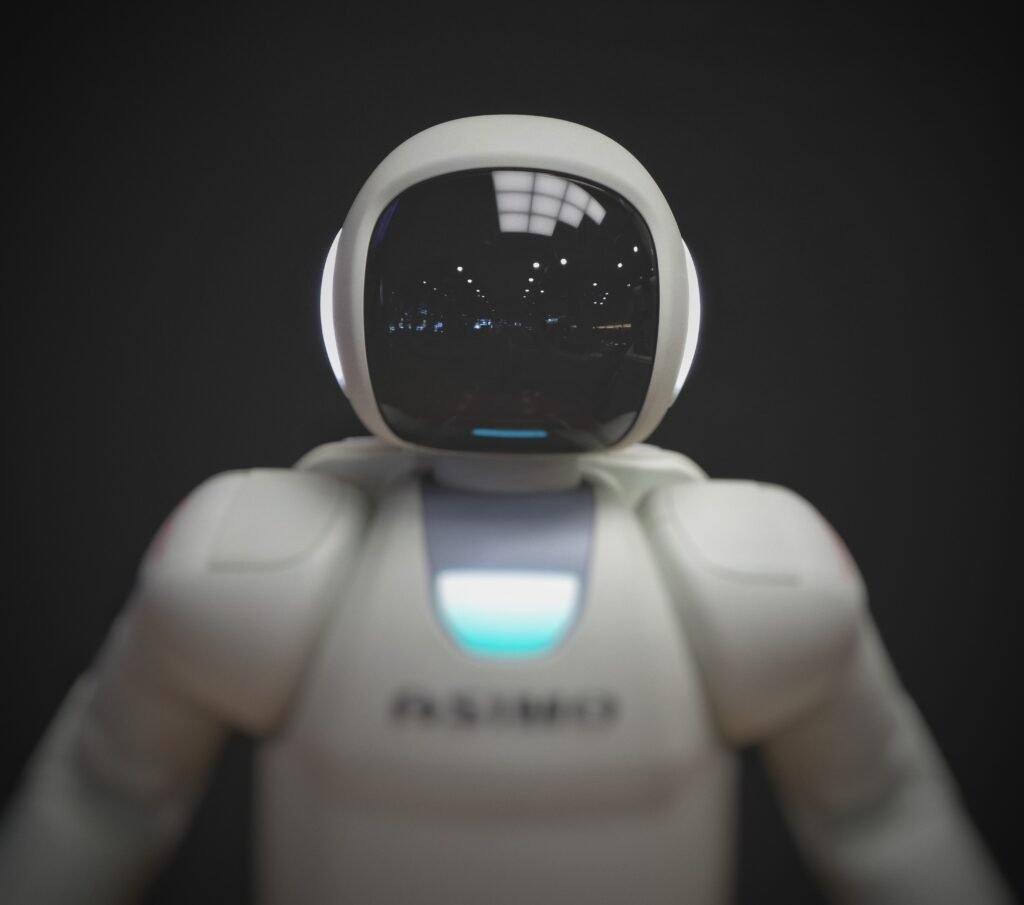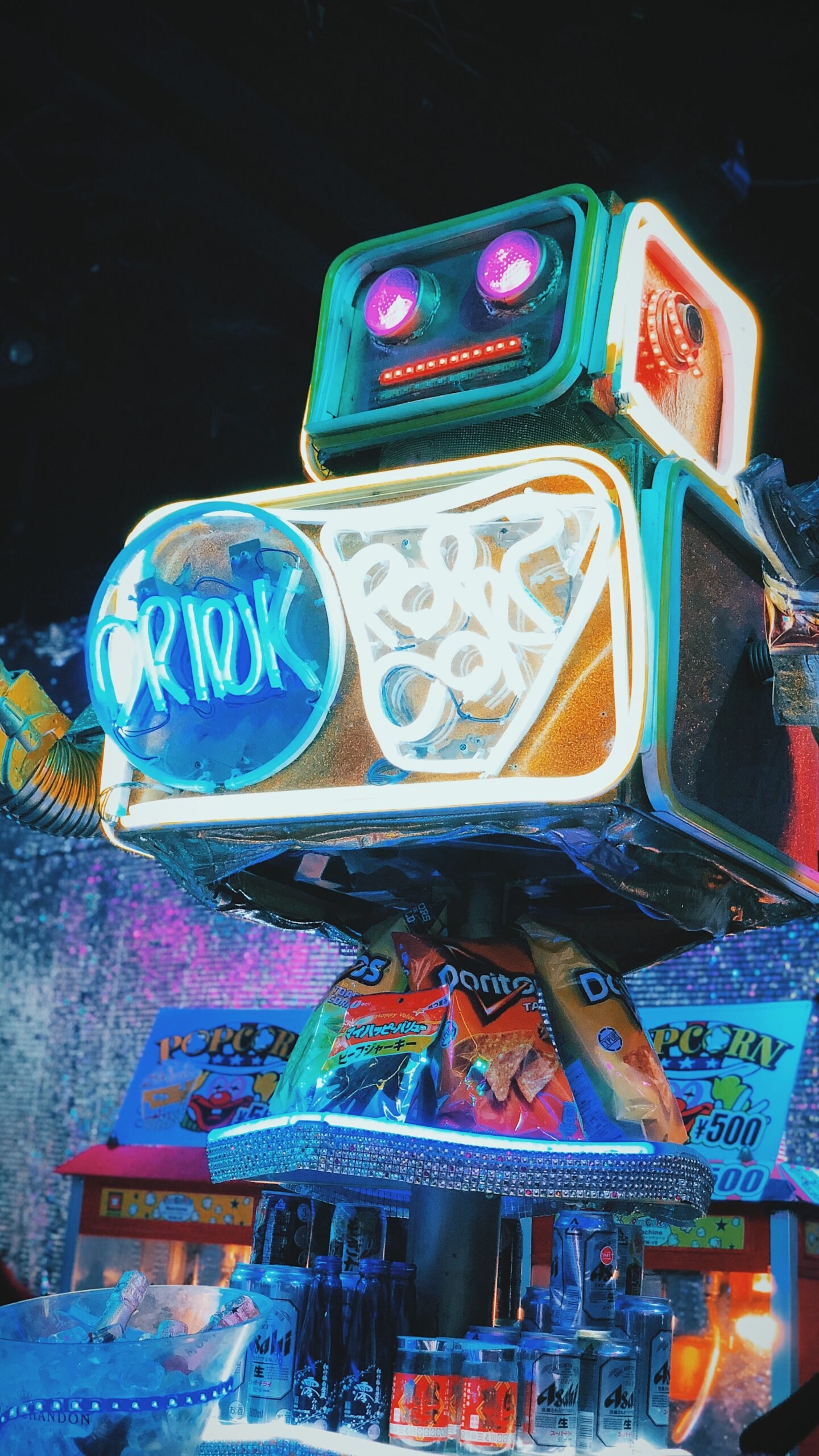Imagine a world where robots not only assist us in our daily tasks but also possess the ability to think and make decisions like humans. Well, this futuristic vision is becoming a reality faster than you might think. According to a recent report conducted by Transparency Market Research Inc., the Artificial Intelligence (AI) Robots Market is poised to reach an astounding revenue of over USD 52.6 billion by the year 2031. With a projected compound annual growth rate (CAGR) of 20.5% from 2022 to 2031, it’s clear that the demand for AI-enabled robots is on the rise. Buckle up and get ready to witness the transformative power of AI in the world of robotics.
Market Overview
Artificial Intelligence (AI) robots are rapidly gaining traction across various industries. These advanced robotic systems, equipped with AI capabilities, are revolutionizing processes and enhancing performance in sectors such as manufacturing, healthcare, retail, and more. The increasing adoption of AI robots is driven by their ability to automate tasks, improve efficiency, and provide intelligent solutions. In this article, we will delve deeper into the key factors driving the growth of the AI robots market, the challenges faced by the industry, and the emerging trends and opportunities that lie ahead.

Increasing Adoption of AI Robots in Various Industries
The adoption of AI robots has witnessed significant growth in recent years, with industries leveraging their potential to maximize productivity and achieve operational excellence. In the manufacturing and industrial sector, AI robots are streamlining production processes, enhancing accuracy, and reducing costs. They can handle repetitive and dangerous tasks with ease, leading to improved safety and minimized human errors.
In the healthcare and medical field, AI robots are increasingly being used for diagnostics, surgical procedures, and patient care. These robots can provide real-time analysis and assist surgeons in complex procedures, contributing to better outcomes and faster recovery times. Additionally, AI robots are being employed in elderly care, contributing to the well-being and independence of senior citizens.
The automotive industry has also embraced AI robots for a range of applications, including assembly line tasks, quality control, and predictive maintenance. These robots can efficiently carry out intricate operations, leading to improved production efficiency and reduced downtime.
AI robots are transforming the retail and consumer goods sector as well. They are used for inventory management, customer service, and personalized shopping experiences. These robots can guide customers, provide information about products, and offer recommendations based on individual preferences.
In the agriculture sector, AI robots are being utilized for precision farming, crop monitoring, and harvesting. These robots can analyze data collected from sensors and autonomously perform farming tasks, resulting in increased yields and optimized resource allocation.
The security and surveillance industry is also witnessing the integration of AI robots. These robots can patrol premises, detect anomalies, and ensure the safety of both public and private spaces.
Additionally, AI robots have found their place in the education and research sector. They can act as interactive learning tools, providing personalized assistance to students and researchers. By leveraging AI technologies, these robots can adapt to individual learning styles and optimize the educational experience.
Key Factors Driving the Growth of the AI Robots Market
Several key factors are driving the growth of the AI robots market. One of the primary drivers is the continuous advancement of AI technologies. With ongoing research and development efforts, AI algorithms and machine learning models are becoming more sophisticated, enabling robots to perform complex tasks with high accuracy and efficiency. This advancement in AI capabilities is propelling the demand for AI robots across industries.
The integration of AI with the Internet of Things (IoT) is another significant driver of market growth. By connecting AI robots with IoT devices and systems, organizations can create smart environments that enable seamless communication and collaboration between humans and robots. This integration enhances the capabilities of AI robots and opens up new opportunities for automation and optimization.
The increasing demand for automation is also fueling the growth of the AI robots market. Organizations are increasingly seeking ways to automate repetitive and time-consuming tasks, allowing their workforce to focus on more strategic and value-added activities. AI robots offer a solution by automating processes, thereby improving productivity and reducing operational costs.
Furthermore, rising investments in AI research and development are playing a crucial role in driving market growth. Both public and private sectors are recognizing the potential of AI technologies and are investing heavily in research and development initiatives. These investments are contributing to the development of advanced AI robots and innovative solutions, further propelling the market forward.
Government initiatives and policies also impact the AI robots market. Governments around the world are formulating regulations and providing support for the adoption of AI technologies. These initiatives create a conducive environment for the growth of the AI robots market by fostering innovation, collaboration, and investment.

Challenges Faced by the AI Robots Market
While the AI robots market holds immense potential, it also faces several challenges that need to be addressed for sustainable growth. One of the primary challenges is the high initial costs associated with AI robots. The advanced technologies, components, and infrastructure required for AI robots can be expensive, making it challenging for smaller organizations and industries with limited budgets to adopt them. However, as technology advances and economies of scale come into play, it is expected that the cost of AI robots will gradually decrease, making them more accessible to a wider range of businesses.
Ethical and legal considerations also pose challenges to the implementation of AI robots. As AI robots become more integrated into our daily lives, questions arise regarding the impact on jobs, privacy, and security. Ensuring ethical and responsible use of AI robots, along with addressing legal frameworks and liabilities, is essential to gain public trust and acceptance.
The lack of a skilled workforce is another challenge faced by the AI robots market. Developing and operating AI robots require specialized knowledge and expertise. However, there is a shortage of professionals with the necessary skills to design, develop, and maintain these advanced robotic systems. To overcome this challenge, organizations and educational institutions need to collaborate to provide training and skill development programs to bridge the gap in the workforce.
Data privacy and security concerns are additional challenges that need to be addressed in the AI robots market. AI robots collect and process vast amounts of data, including personal and sensitive information. Ensuring the privacy and security of this data is crucial to gain user trust and protect against potential cyber threats. Adopting robust data protection measures and adhering to strict security protocols are essential in overcoming these challenges.

Trends and Opportunities in the AI Robots Market
The AI robots market is witnessing several emerging trends that hold significant opportunities for growth. One such trend is the rise of collaborative robots, also known as cobots. These robots can work alongside humans, assisting them in tasks and improving overall productivity. Collaboration between humans and robots enables efficient resource allocation, enhances safety, and optimizes workflow. The cobots market is expected to experience substantial growth as organizations recognize the value of human-robot collaboration.
Another emerging trend is the development of humanoid robots. These robots are designed to resemble and mimic human behavior, enabling natural interactions and intuitive communication. Humanoid robots find applications in various sectors, including healthcare, hospitality, and entertainment. They can provide assistance, therapy, and entertainment, creating unique and engaging experiences for users.
Cloud-based AI robots are also gaining traction in the market. By leveraging cloud computing capabilities, AI robots can access vast amounts of data, perform complex computations, and collaborate with other robots and systems. Cloud-based AI robots offer scalability, flexibility, and enhanced functionality, providing organizations with a cost-effective and efficient solution.
Predictive maintenance is another trend that is transforming the AI robots market. By leveraging AI algorithms and machine learning models, robots can analyze data from sensors and predict equipment failures or maintenance requirements. This proactive approach to maintenance helps organizations minimize downtime, optimize maintenance schedules, and reduce costs.
Additionally, natural language processing (NLP) is revolutionizing human-robot interactions. NLP enables robots to understand and respond to spoken or written language, allowing for more intuitive and seamless communication. NLP-powered AI robots find applications in customer service, virtual assistants, and language translation, among others.
In conclusion, the AI robots market is experiencing significant growth and transformation across various industries. The increasing adoption of AI robots is driven by their ability to automate tasks, improve efficiency, and provide intelligent solutions. Key factors driving the market’s growth include technological advancements in AI, integration with IoT, increasing demand for automation, rising investments in research and development, and government initiatives. However, the market also faces challenges such as initial costs, ethical considerations, workforce shortage, and data privacy concerns. Nevertheless, emerging trends such as collaborative robots, humanoid robots, cloud-based AI robots, predictive maintenance, and natural language processing present opportunities for further growth and innovation in the AI robots market.





